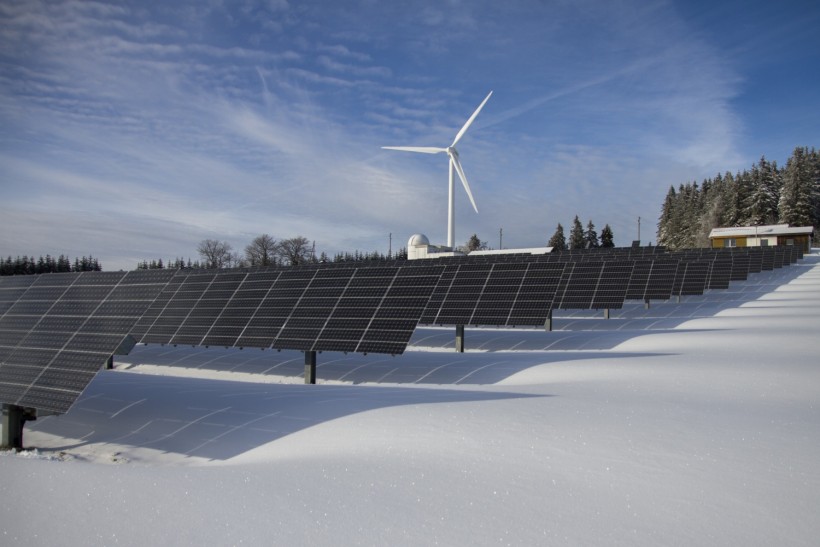A new study has learned that hydrogen gas can be converted into renewable energy called "green hydrogen." It is made by producing electrolyzing air humidity, compared to the traditional water liquid.
That may allow the condition of the hydrogen fuel to remote and dry areas with little impact on the environment because it's formed as renewable energy. The authors have to electrolyze the air's water content down to 4 percent low.
The University of Melbourne Department of Chemical Engineering senior lecturer Gang Kevin Li said they developed a so-called "direct air electrolyzer," or DAE for short.
The scientists' research abstract refers to green hydrogen as the most promising energy carrier in the low-carbon economy. However, geographical factors and freshwater availability play an important role in its production.
Professor Li added that the hygroscopic electrolyte constantly exposed in the atmosphere has a high potential to get moisture from the air continuously without any external energy input, making it available for electrolysis and hydrogen production once supplied with renewable power.
The study was published in Nature Communication.
Fresh Water Shortage
The water electrolyzer deployment is constrained geographically by the availability of freshwater, which can be an inadequate component. The Earth's land cover is either arid or semi-arid. That is more than one-third of the planet. It supports 20 percent of the whole population, making it difficult for freshwater access.
Freshwater scarcity has been worsened by pollutants, industrial wastes and global warming. However, the process of desalination, a method of removing salt minerals present in seawater, can facilitate the shortage in coastal regions. Unfortunately, it may increase the cost of green hydrogen production.
Inversely to the case of coastal areas, regions with rich renewable energies commonly have water supply shortages, such as countries in the majority of North America, North Africa, Midwest Oceania and West and Central Asia.
Traditionally, electrolysis has been used to gather liquid from oxygen and hydrogen by running an electrical current into the water using two electrodes.
The anode, or positively charged electrode, is yanked away from H2O, forming positive hydrogen ions and O2 molecules. While the cathode, negative charges were given to hydrogen ions and formed H2 gas or hydrogen.

Wind turbine and solar panels are the most known source of 'green energy.'
ALSO READ: K&L Gates Adds Four-Partner, Multi-Office Premier Renewable Energy Team
Initial Results of Direct Air Electrolyzer (DAE)
Gang Kevin said that they tested all the air environments on the planet and the DAE module works perfectly even in humidity drier than any desert.
The average relative daytime humidity in the Mojave Desert varies from 10 to 30 percent during the day and can reach 50 percent at night, meaning that DAE will still perform even in dehydrated places.
In the paper, the author's prototype device was tested using input energy from the sun and they discovered a stable Faradaic efficiency-the efficiency that has transferred charge-of 95 percent over 12 consecutive days.
The use of this method is that it can produce and run renewable energy: the electric current used in the electrolysis may be utilized from organic sources such as wind or solar, and the produced hydrogen may be used for hydrogen fuel or operating hydrogen nuclear fusion reactions.
The authors also said that the findings might allow future solar-to-fuel conversion instruments to operate anywhere on the planet and overcome the water shortage dilemma in case of overall deployment of hydrogen production.
Professor Li also added that the DAE module can be placed in areas with plenty of supply of solar or wind power but still will face water scarcity and can be applicable for isolated and scattered hydrogen production.
RELATED ARTICLE: New Renewable Energy Source Discovered in Bacteria; Tiny Biofuel Provider Probably Existed Before Life on Earth
Check out more news and information on Energy on Science Times.














